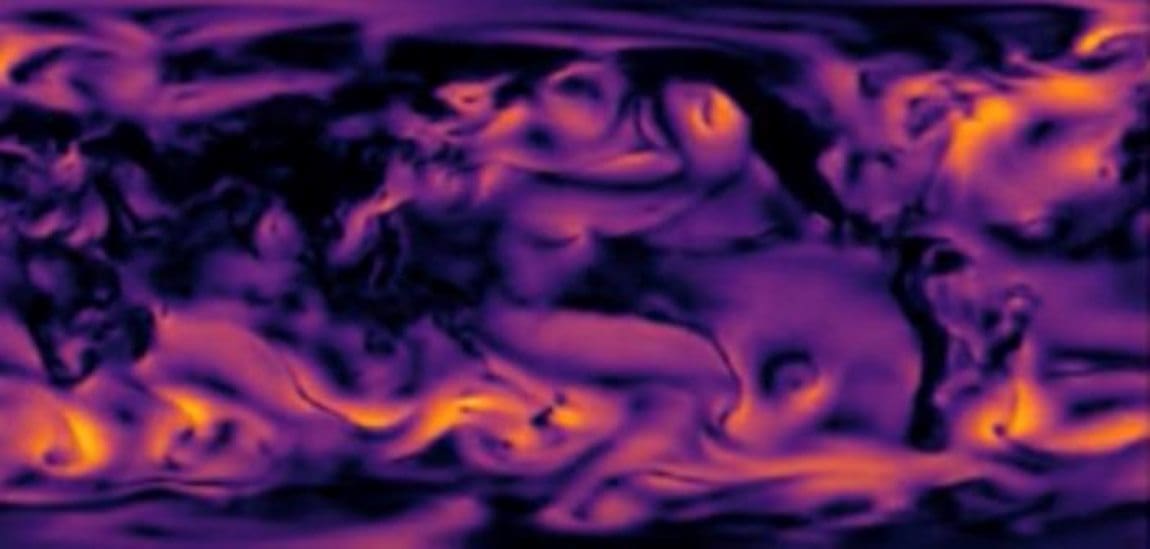A climate model developed by researchers in Seattle and San Diego is set to revolutionize climate projections, delivering results 25 times faster than current state-of-the-art models. By combining generative AI algorithms, like those behind DALL·E, with physics-based data, the new model – named Spherical DYffusion – can predict climate patterns over the next century in just 25 hours, a task that traditionally takes weeks.
This innovation promises to reduce the computational cost of climate simulations while maintaining high accuracy, potentially transforming the way scientists and policymakers analyze long-term climate scenarios.
Ioana Patringenaru | University of California – San Diego – The algorithms behind generative AI tools like DallE, when combined with physics-based data, can be used to develop better ways to model the Earth’s climate. Computer scientists in Seattle and San Diego have now used this combination to create a model that is capable of predicting climate patterns over 100 years 25 times faster than the state of the art.

Specifically, the model, called Spherical DYffusion (.pdf), can project 100 years of climate patterns in 25 hours–a simulation that would take weeks for other models. In addition, existing state-of-the-art models need to run on supercomputers. This model can run on GPU clusters in a research lab.
“Data-driven deep learning models are on the verge of transforming global weather and climate modeling,” the researchers from the University of California San Diego and the Allen Institute for AI, write.
The research team is presenting their work at the NeurIPS conference 2024, Vancouver, Canada.
Climate simulations are currently very expensive to generate because of their complexity. As a result, scientists and policymakers can only run simulations for a limited amount of time and consider only limited scenarios.
One of the researchers’ key insights was that generative AI models, such as diffusion models, could be used for ensemble climate projections. They combined this with a Spherical Neural Operator, a neural network model designed to work with data on a sphere.
The resulting model starts off with knowledge of climate patterns and then applies a series of transformations based on learned data to predict future patterns.
“One of the main advantages over a conventional diffusion model (DM) is that our model is much more efficient. It may be possible to generate just as realistic and accurate predictions with conventional DMs but not with such speed,” the researchers write.
In addition to running much faster than state of the art, the model is also nearly as accurate without being anywhere near as computationally expensive.
There are some limitations to the model that researchers aim to overcome in its next iterations, such as including more elements in their simulations. Next steps include simulating how the atmosphere responds to CO2.
“We emulated the atmosphere, which is one of the most important elements in a climate model,” said Rose Yu, a faculty member in the UC San Diego Department of Computer Science and Engineering and one of the paper’s senior authors.
The work stems from an internship that one of Yu’s Ph.D. students, Salva Ruhling Cachay, did at the Allen Institute for AI (Ai2).
More information:
Rose Yu, Salva Ruhling Cachay, Brian Henn, Oliver Watt-Meyer and Christopher S. Bretherton ‘Probabilistic Emulation of a Global Climate Model with Spherical DYffusion’ (2024) – (Read .pdf)
Article Source:
Press Release/Material by University of California – San Diego
Featured image: A snapshot from the climate simulation generated by the Spherical DYffusion model. Credit: University of California San Diego




